Ever cracked an egg and hesitated, wondering if it’s safe to eat? Learning how to tell if eggs are still good helps you avoid waste and foodborne illness. Eggs can look fine but still spoil quietly. The good news? Simple kitchen tests reveal freshness fast. These easy, science-backed tips make checking egg quality effortless and reliable every time.
Check the Expiration or Sell-By Date

The easiest step in how to tell if eggs are still good is reading the carton label. “Sell-by” dates guide retailers, while “use-by” dates help consumers. Fresh eggs typically stay good for 3–5 weeks after the pack date when stored properly. Always store eggs in the refrigerator to maintain quality and slow bacterial growth.
Perform the Float Test

A classic method for how to tell if eggs are still good is the float test. Place an egg in a bowl of cold water. Fresh eggs sink and lay flat, while older ones tilt upward or float due to air buildup inside. Floating means it’s time to toss it—safe, quick, and accurate.
Inspect the Shell for Cracks or Sliminess
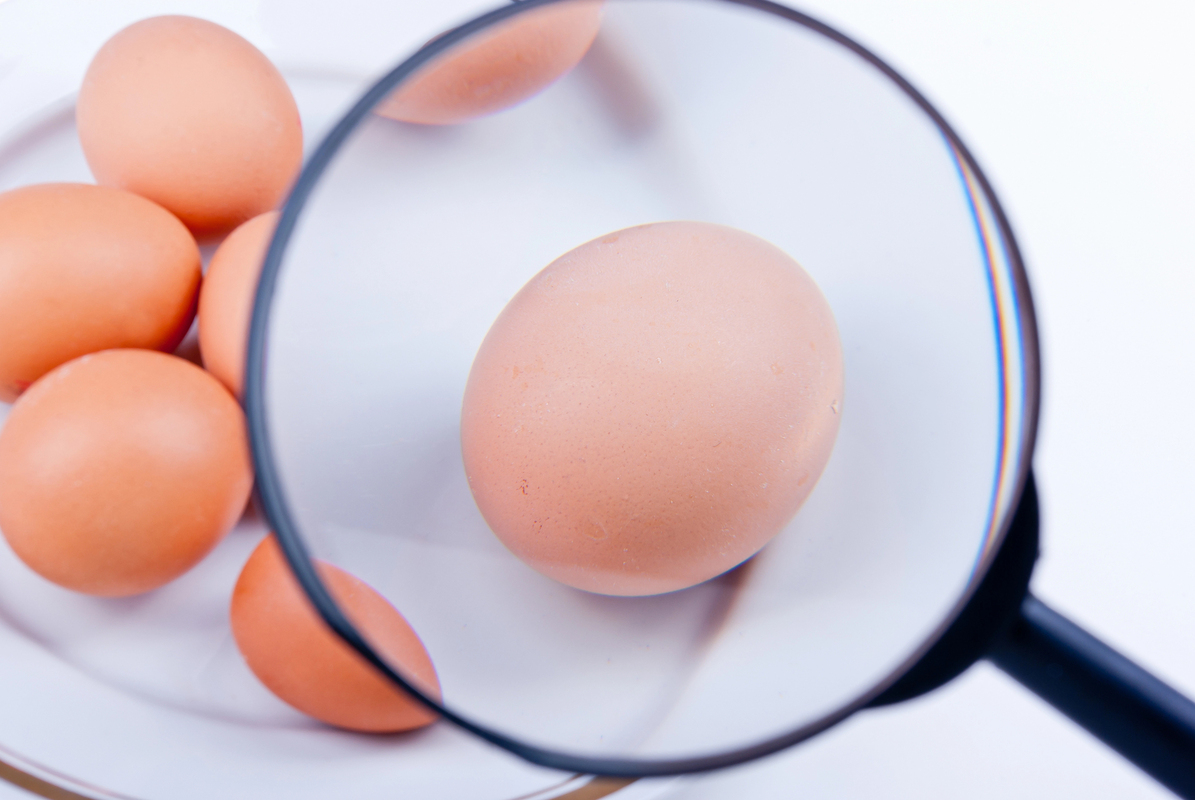
In learning how to tell if eggs are still good, shell appearance is vital. A clean, uncracked shell indicates safety. If it feels slimy, sticky, or powdery, bacteria or mold might be present. Never wash eggs before storing—they have a natural coating that protects against contamination and keeps them fresher longer.
Smell for Any Off Odors
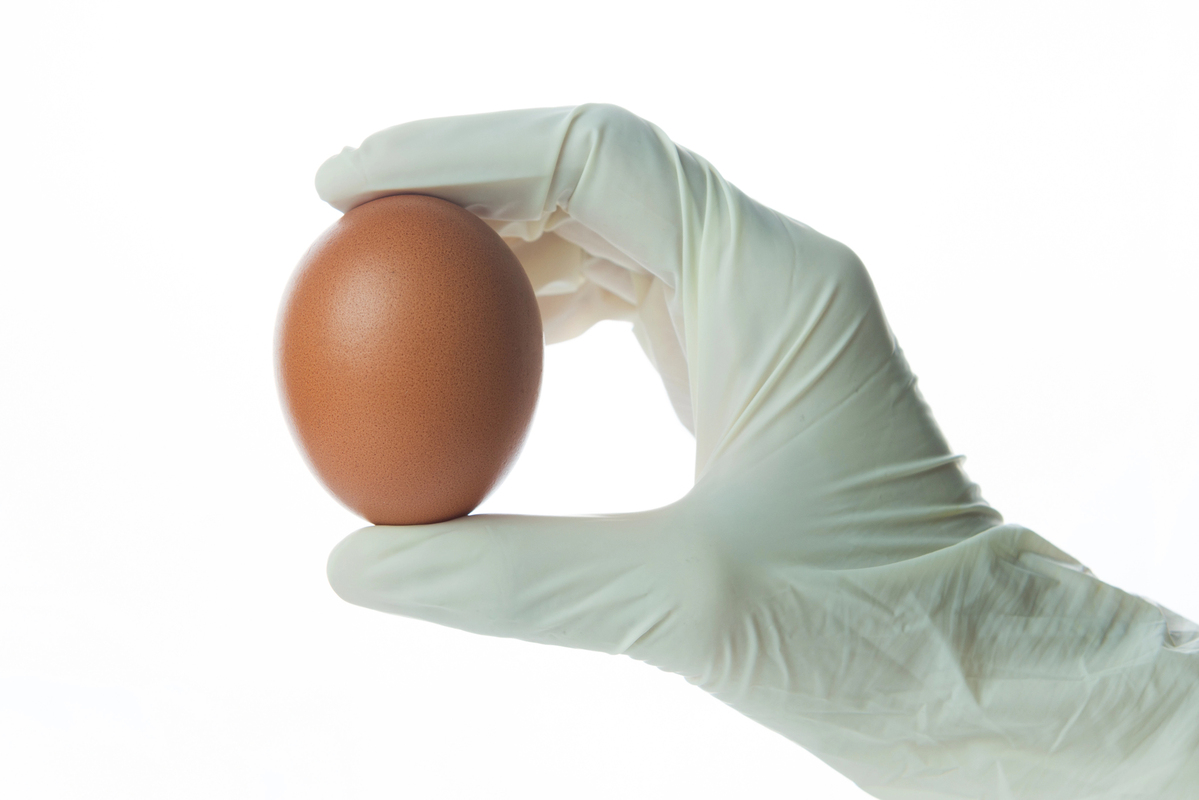
One of the surest ways in how to tell if eggs are still good is by using the smell test. Crack the egg open into a clean bowl and give it a sniff. A fresh egg smells neutral or slightly earthy, while a bad one releases a strong sulfur or rotten odor. When in doubt, always throw it out immediately.
Related Post: 15 Spooky Appetizers No One Can Resist
Check the Color and Consistency Inside
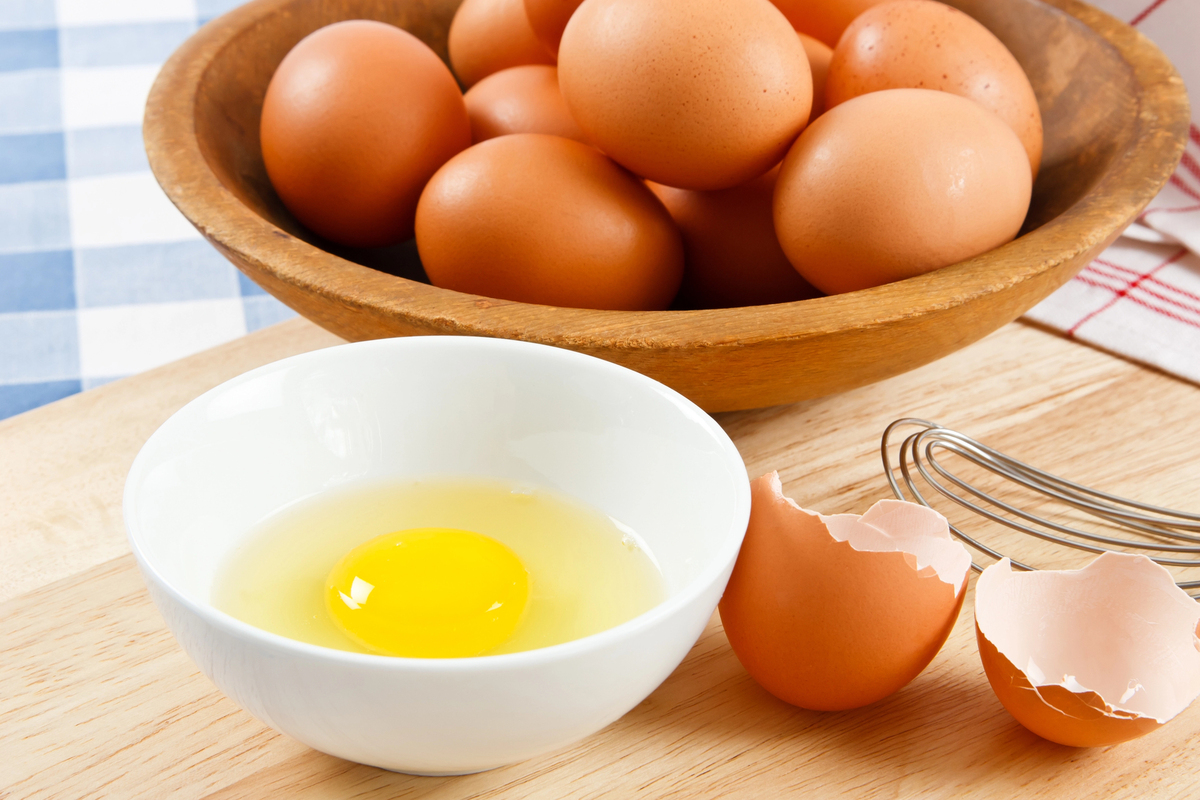
When exploring how to tell if eggs are still good, examine the egg white and yolk after cracking. Fresh whites are thick and slightly cloudy, while bad ones turn watery or unusually clear. A bright, round yolk signals freshness. Discoloration, odd texture, or strange spots mean the egg is spoiled.
Related Post: 16 Halloween Snacks That Disappear Faster Than Ghosts
Use the Candlelight Test
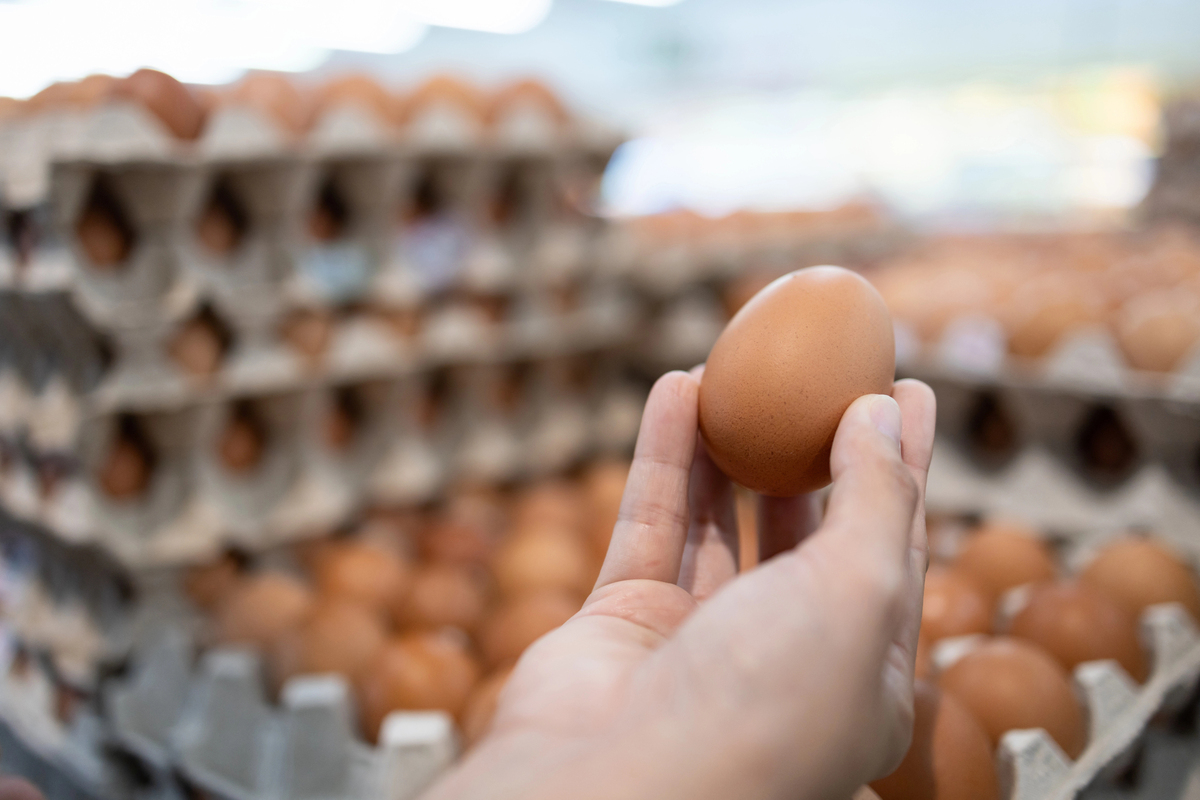
A traditional method for how to tell if eggs are still good is candling. Hold a flashlight behind the egg in a dark room. Fresh eggs show a small air cell and clear contents. Older eggs have larger air pockets and darker, irregular areas. This test works best for backyard or farm-fresh eggs.
Related Post: 20 Halloween Treats That Taste Amazing
Listen for Unusual Sounds

A quirky trick in how to tell if eggs are still good is to shake one gently near your ear and listen closely. A fresh egg will sound silent and solid, while a spoiled one might slosh because of thinning whites and separated yolks. Though not foolproof, when combined with other freshness tests, it adds a helpful extra check.
Related Post: 18 Halloween Desserts So Good It’s Scary
Check for Cloudy or Bloody Spots
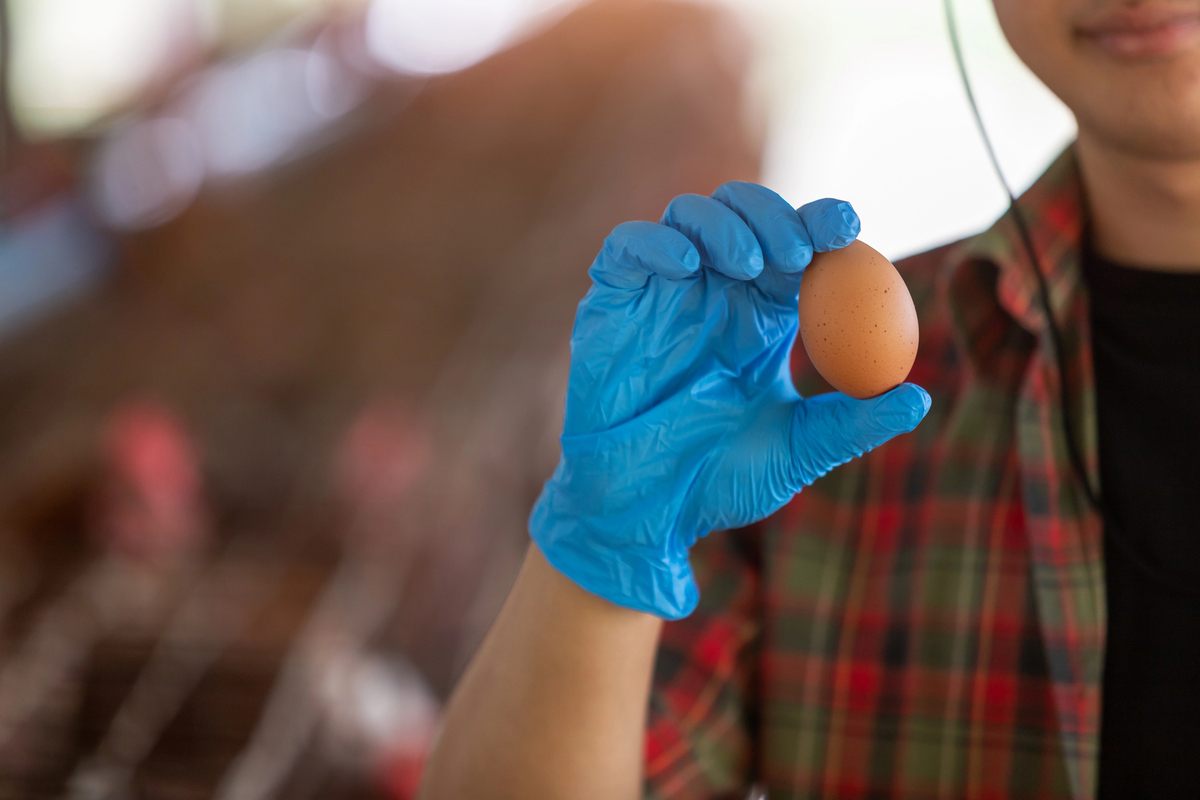
When practicing how to tell if eggs are still good, don’t panic over minor blood spots—they’re harmless and occur naturally. However, grayish or greenish streaks indicate bacterial spoilage. Cloudy whites often mean extra-fresh eggs. The key is consistency: if the egg looks or smells off, it’s safest to discard it.
Related Post: 16 Freezer Meals For New Moms That Save Time
Evaluate Storage Conditions
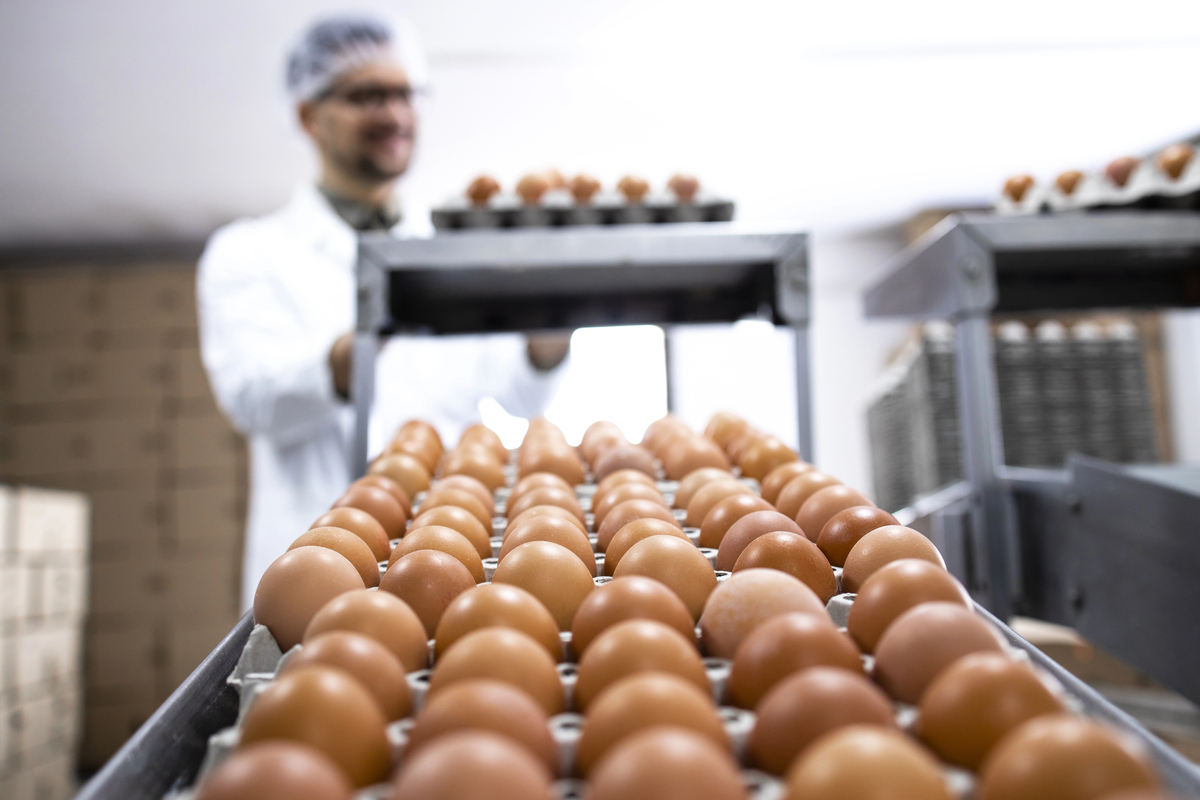
Proper storage matters when mastering how to tell if eggs are still good. Keep eggs in their original carton to block odors and moisture loss. Store them in the fridge’s main compartment, not the door, for stable temperature. Cold storage slows bacterial growth, keeping eggs fresh and safe longer—sometimes up to six weeks.
Related Post: 17 Warm Desserts That Melt In Your Mouth
Consider the Pack Date (Julian Date)

For a precise check in how to tell if eggs are still good, find the Julian date printed on the carton (a three-digit number). It represents the day of the year they were packed. Eggs are freshest within 30–45 days of this date. Knowing this helps you calculate true freshness beyond sell-by labels.
Related Post: 16 Warm Dips That Steal The Party Spread
Separate and Test Individually

When learning how to tell if eggs are still good, never risk a whole batch. Crack each egg into a separate bowl before adding it to a recipe. This way, one spoiled egg won’t ruin others. It’s an easy, preventive step that ensures safety, especially when baking or cooking in large portions.
Related Post: 15 Warm Cocktails That Feel Like A Hug
Look for Mold or Odd Residue
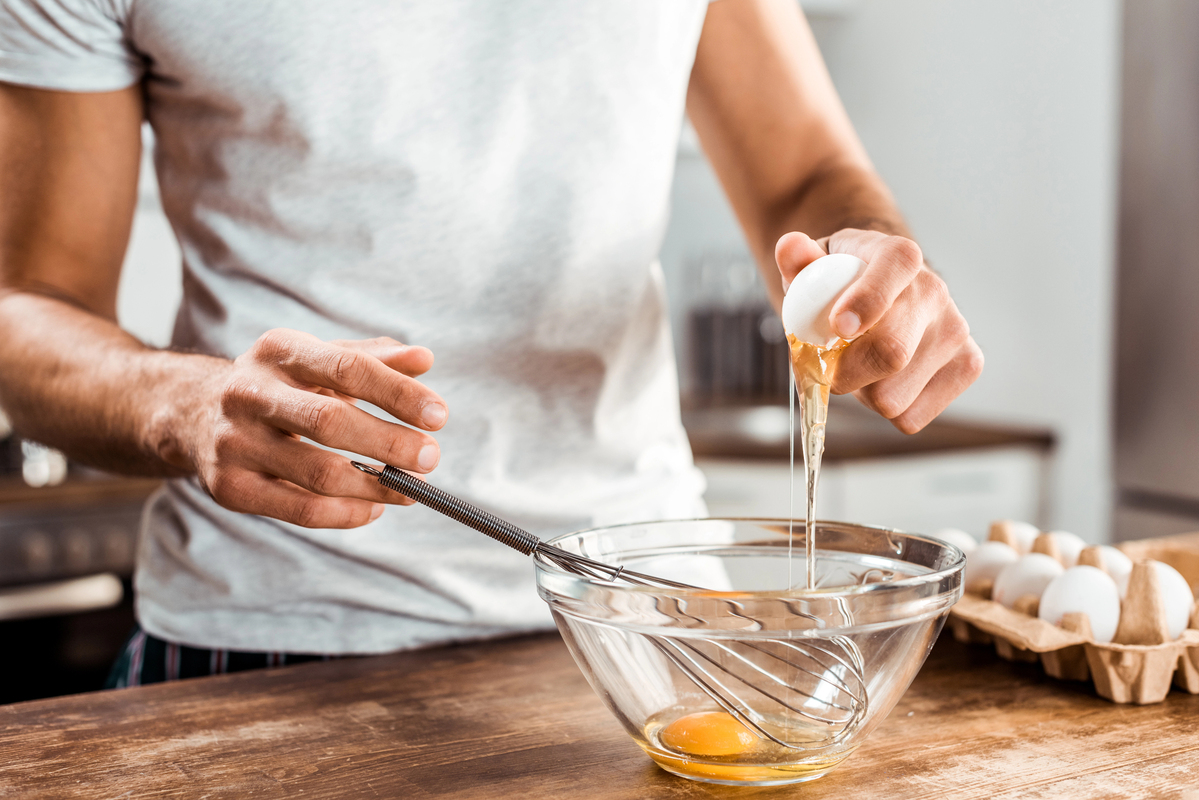
A key sign in how to tell if eggs are still good is visible mold or discoloration, especially around the shell or when cracked. Fuzzy spots or unusual film signal spoilage from bacteria or fungus. Always inspect closely before using, and sanitize any surfaces the bad egg touches to prevent contamination.
Related Post: 18 Fall Snacks That Keep You Warm And Happy
Check the Egg’s Temperature History
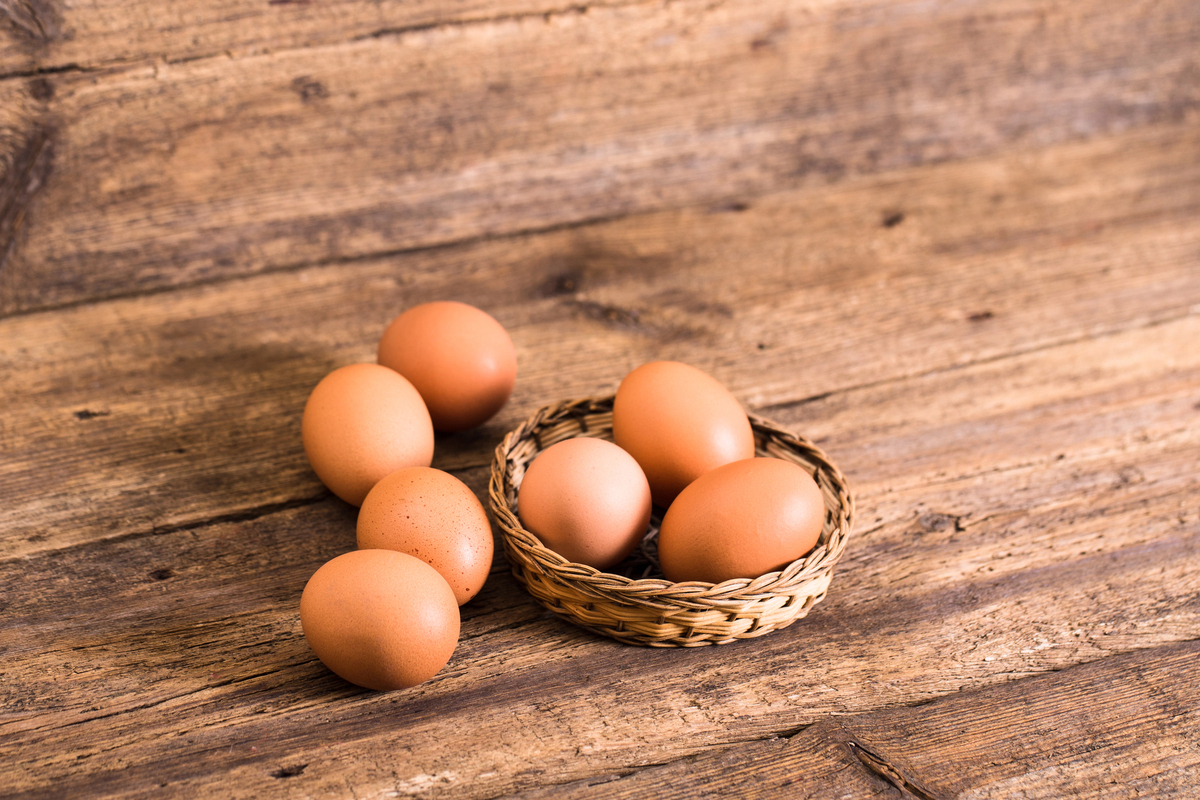
Temperature changes affect how to tell if eggs are still good. If eggs have been left at room temperature for over two hours, bacteria like Salmonella can multiply quickly. Once chilled, keep them cold. Never re-refrigerate eggs that were out too long—it won’t undo bacterial growth or restore safety.
Related Post: 16 Fall Meal Ideas That Feel Instantly Cozy
Use Fresh Eggs for Specific Dishes
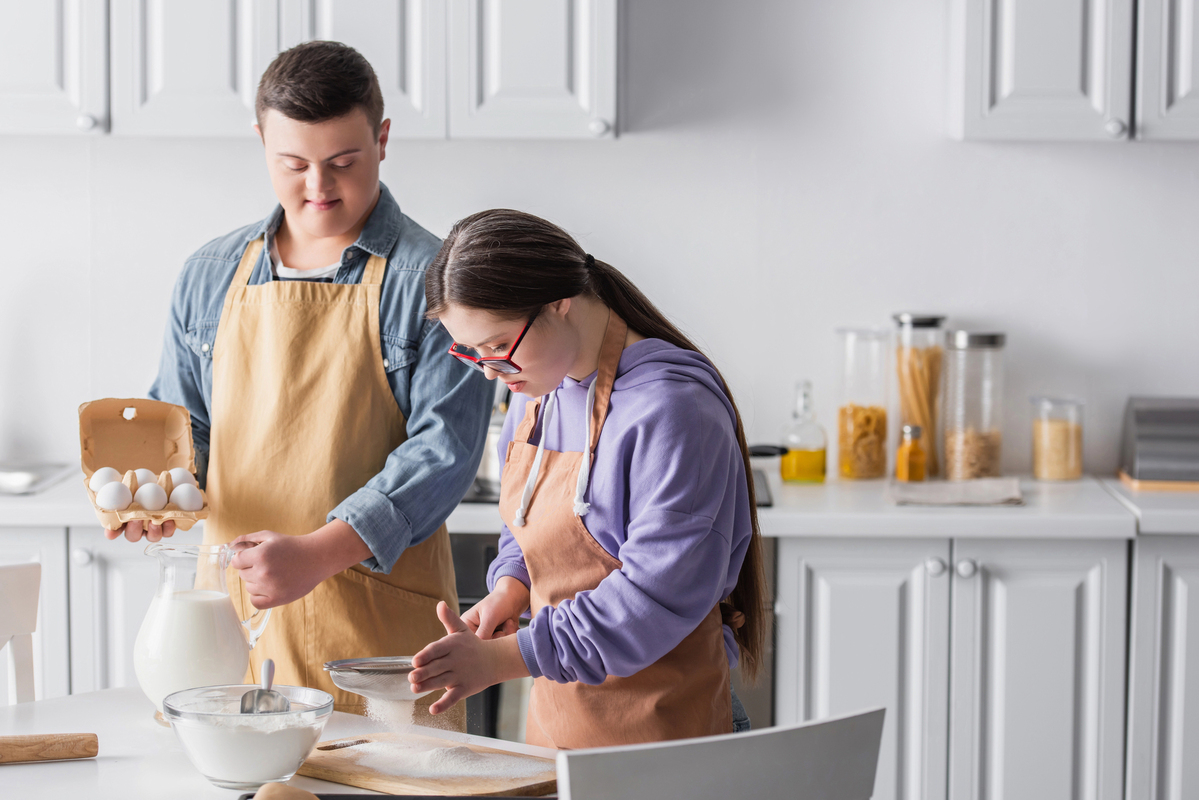
Part of how to tell if eggs are still good is knowing when freshness matters most. Use the freshest eggs for poaching, frying, or sunny-side-up dishes. Slightly older eggs are fine for hard boiling or baking. This balance ensures both safety and the best texture for every cooking method.
Related Post: 17 Fall Deserts Too Beautiful To Ignore
Trust Your Senses and Judgment

Ultimately, how to tell if eggs are still good relies on smell, sight, and feel. If an egg seems questionable, it’s not worth the risk. The cost of one egg isn’t worth food poisoning. When all checks align—fresh smell, proper look, and correct storage—you can cook confidently and safely.
Related Post: 18 Kid Friendly Appetizers Even Adults Love
Learning how to tell if eggs are still good keeps your meals safe and flavorful. Simple tests—like floating, smelling, or inspecting—quickly reveal freshness. Always store eggs cold, check labels, and trust your senses. A little attention prevents spoilage and waste while ensuring every egg you crack is safe, clean, and ready to use for your favorite recipes.
Disclaimer: This list is solely the author’s opinion based on research and publicly available information.
15 Spooky Desserts That Belong at Every Halloween Table

Halloween isn’t just about costumes and candy—it’s also about setting the perfect eerie vibe with food. Spooky desserts make your table spread unforgettable, offering both fright and delight in every bite.
Read it here: 15 Spooky Desserts That Belong at Every Halloween Table
20 Fun Halloween Food Ideas Kids and Adults Will Love
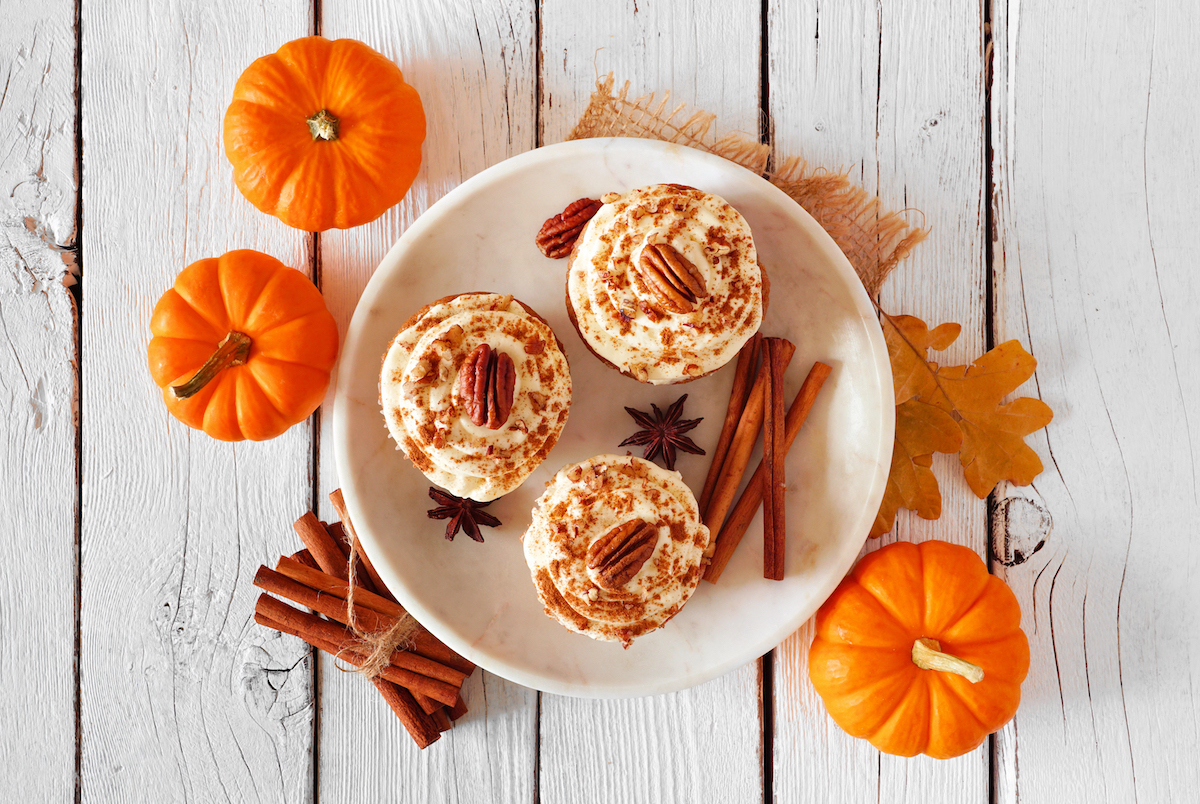
From eerie snacks to sweetly spooky desserts, Halloween is the ultimate time to get creative in the kitchen. From savory bites to sugary delights, fun Halloween food is a festive way to keep your party exciting.
Read it here: 20 Fun Halloween Food Ideas Kids and Adults Will Love
16 Spooky Alcoholic Drinks That’ll Haunt Your Taste Buds

When it comes to Halloween gatherings, nothing sets the mood like eerie, creative cocktails. These spooky alcoholic drinks aren’t just about taste—they’re about atmosphere, presentation, and a touch of frightful fun.
Read it here: 16 Spooky Alcoholic Drinks That’ll Haunt Your Taste Buds
